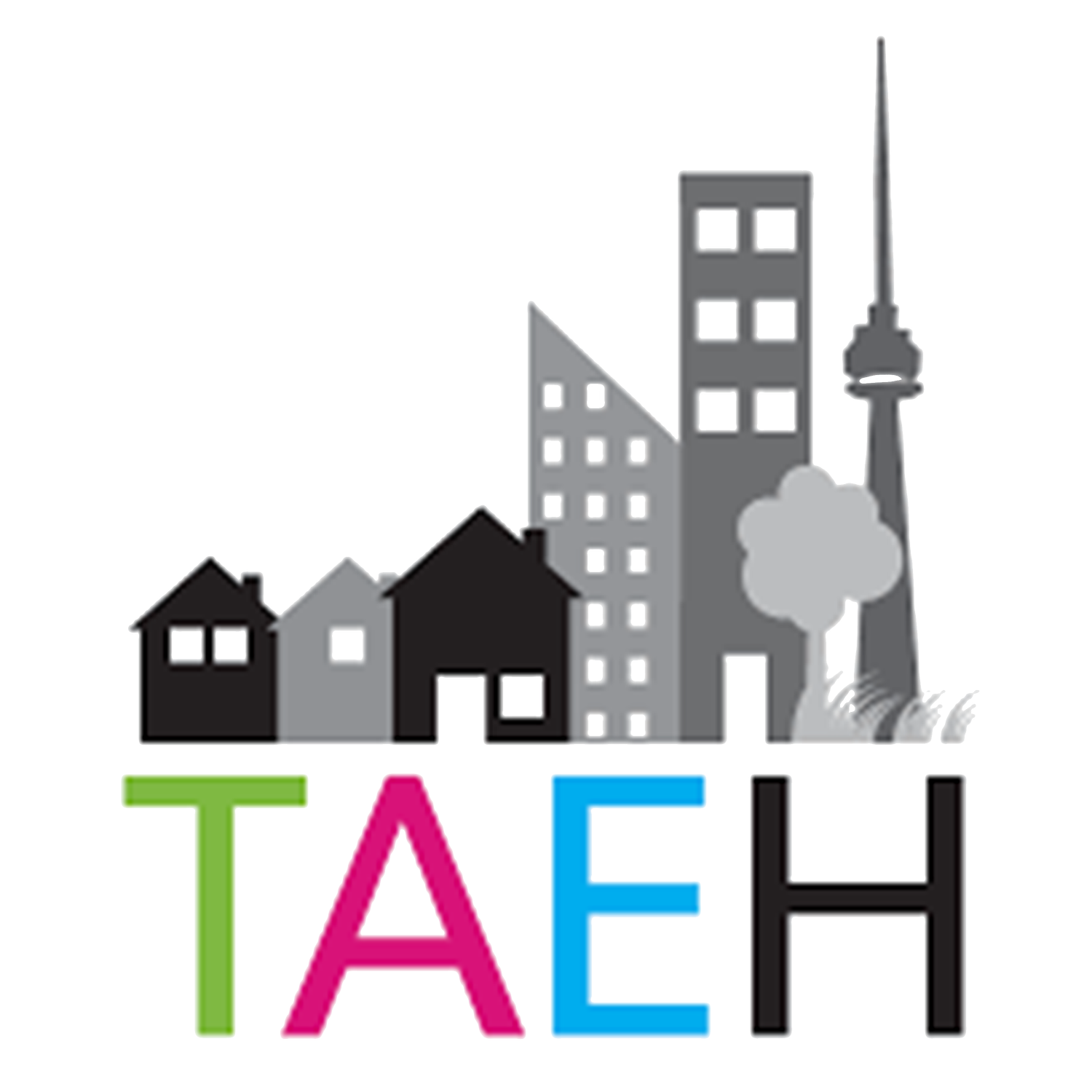Defining homelessness
The TAEH uses the federal government’s updated definitions of homelessness:
Homelessness is the situation of an individual or family who does not have a permanent address or residence; the living situation of an individual or family who does not have stable, permanent, appropriate housing, or the immediate prospect, means and ability of acquiring it.
It is often the result of what are known as systemic or societal barriers, including a lack of affordable and appropriate housing, the individual/household’s financial, mental, cognitive, behavioural, or physical challenges, and/or racism and discrimination.
Chronic homelessness refers to individuals who are currently experiencing homelessness AND who meet at least 1 of the following criteria:
they have a total of at least 6 months (180 days) of homelessness over the past year
they have recurrent experiences of homelessness over the past 3 years, with a cumulative duration of at least 18 months (546 days)
Chronic homelessness includes time spent in the following contexts:
Staying in unsheltered locations, that is public or private spaces without consent or contract, or places not intended for permanent human habitation (Canadian Observatory on Homelessness (COH) Typology: 1.1 and 1.2).
Staying in emergency shelters, including overnight shelters for people experiencing homelessness (including those for specific populations, such as youth, families, and newcomers), shelters for people impacted by family violence, and emergency shelters for people fleeing a natural disaster or destruction of accommodation (COH Typology: 2.1, 2.2, and 2.3).
Staying temporarily with others without guarantee of continued residency or the immediate prospects for accessing permanent housing, or short-term rental accommodations (for example, motels) without security of tenure (COH typology: 3.2 and 3.3).
It does not include situations where individuals have access to secure, permanent housing, whether subsidized or not. The definition also does not include time spent in transitional housing or in public institutions (for example, health and corrections), although individuals who are discharged into homelessness from transitional housing or public institutions can be considered chronically homeless if they were experiencing chronic homelessness upon entry to transitional housing or the public institution.

